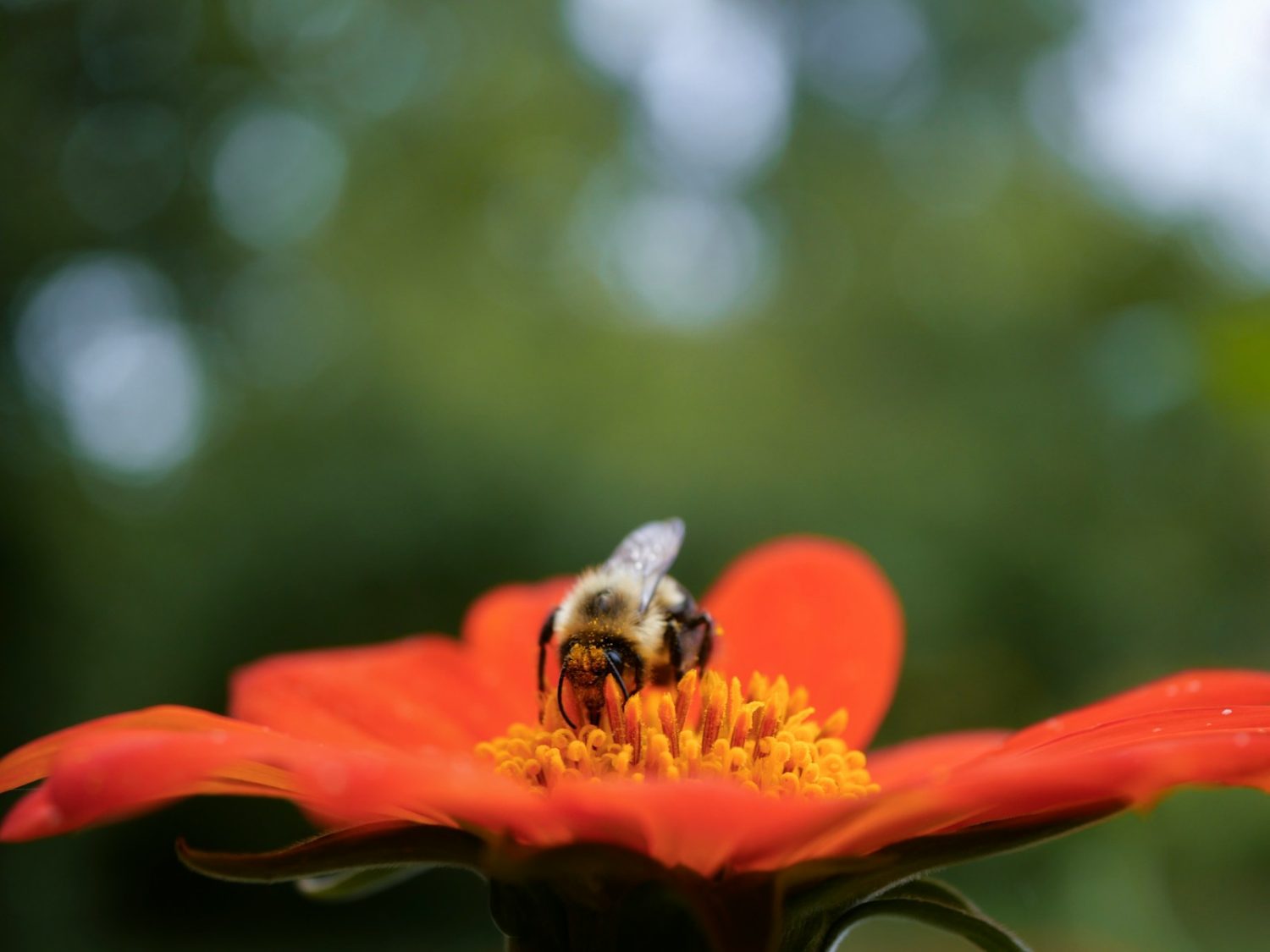A pollinator-friendly garden is more than just beautiful flowers. It is a living space that supports bees, butterflies, hummingbirds, and other creatures that keep our ecosystems alive. These pollinators are vital for fruits, vegetables, and native plants to thrive. Without them, many of our favorite foods and flowers wouldn’t exist. Starting your own pollinator garden is easier than you might think, and the rewards are endless. You will see more life in your yard, enjoy colorful blooms, and know you’re helping nature in a powerful way.
Why Pollinators Matter
Pollinators move pollen from flower to flower. This simple act makes plants produce seeds and fruits. About one in every three bites of food you eat is thanks to a pollinator. Apples, tomatoes, blueberries, almonds, and even coffee depend on them. Yet, pollinator populations are in trouble. Habitat loss, pesticides, and climate changes have all reduced their numbers. Creating even a small garden space can make a big difference.
Choosing the Right Location
Start by picking a sunny spot. Most pollinator plants need six to eight hours of sunlight each day. A garden near your vegetables or fruit trees can boost harvests. Avoid areas with heavy foot traffic or where pets play often, so pollinators feel safe. If you only have a balcony or patio, don’t worry. A few containers with the right plants can still attract visitors.
Selecting Plants They Love
Pollinators need two things: nectar and pollen. The best gardens provide both all season long. Choose native plants whenever possible. Native flowers evolved alongside local pollinators and are their favorite food source.
Flowers for Bees
Bees love simple, open blooms they can land on. Good choices include:
- Coneflowers (Echinacea)
- Black-eyed Susans (Rudbeckia)
- Bee balm (Monarda)
- Goldenrod (Solidago)
Flowers for Butterflies
Butterflies are drawn to clusters of small flowers they can perch on. Try:
- Milkweed (Asclepias) for monarchs
- Zinnias for summer color
- Lantana for constant nectar
- Verbena for long bloom periods
Flowers for Hummingbirds
Hummingbirds love bright red, tubular flowers. Their long beaks are made for these blooms:
- Trumpet vine
- Salvia
- Columbine
- Cardinal flower
Mix these plants together so there’s food for every pollinator type.
Plant for Every Season
Pollinators are active from spring through fall. Plan your garden so something is always blooming.
- Spring: Tulips, hyacinths, wild columbine
- Summer: Sunflowers, bee balm, lavender
- Fall: Asters, goldenrod, sedum
Layering blooms like this ensures pollinators never go hungry.
Provide More Than Flowers
A true pollinator garden offers food, water, and shelter.
- Water: A shallow birdbath or dish with pebbles works perfectly. Pollinators need a place to land while they drink.
- Shelter: Leave a few bare spots of soil for ground-nesting bees. Add small logs or branches for overwintering insects.
- Host Plants: Caterpillars need food too. Milkweed feeds monarch caterpillars, parsley feeds swallowtails, and passion vine feeds Gulf fritillaries.
Skip the Chemicals
Pesticides and herbicides harm pollinators, even in tiny amounts. If you must treat pests, use natural methods like hand-picking bugs or introducing beneficial insects (ladybugs, lacewings). Avoid spraying while plants are in bloom.
Create a Welcoming Design
Pollinator gardens don’t need to be wild or messy. Plant in groups of three or more so pollinators notice them from afar. Combine tall and short plants for layers of color. Add paths or stepping stones for easy maintenance. If space is tight, vertical planters or hanging baskets can still help.
Attracting Pollinators Year After Year
Once your garden is established, it will get better each season. Perennials will grow larger, and pollinators will learn to return. Leave some seed heads standing through winter to provide food and shelter. Over time, you’ll notice more butterflies, more hummingbirds, and busier bees.
Benefits Beyond the Garden
A pollinator garden is not just for wildlife. It creates a peaceful space for you too. Watching butterflies drift from flower to flower or hearing hummingbirds buzz by is deeply calming. Children learn about nature firsthand. Neighbors may even be inspired to start their own gardens. Together, these small spaces form a network of safe havens for pollinators everywhere.
Small Steps Make Big Changes
You don’t need acres of land or a perfect plan. Start with a few native flowers in one sunny corner. Add a shallow dish of water. Skip the chemicals. Over time, expand with more plants and blooms for every season. Every patch of habitat helps. Pollinators will find it, and they will thank you with life, color, and movement all season long.
A Garden That Gives Back
When you plant for pollinators, you do more than decorate your yard. You give bees, butterflies, and hummingbirds a safe place to thrive. In return, they bring beauty, joy, and abundance to your world. This partnership is as old as nature itself. And it begins with a single flower in your hand.

